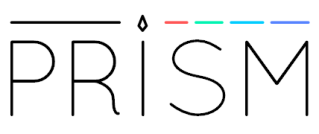 [This is the cleaned-up and slightly expanded text of a talk I gave last week, at a University of Illinois symposium on the future of the humanities at state-funded, US-based research universities. My paper was called “Graduate Training for a Public and Digital Humanities.” The organizers of the symposium, Gordon Hutner and Feisal G. Mohamed, framed its goals in a New Republic essay and positioned the event deliberately between two significant anniversaries: of the Morrill Act, establishing land-grant universities in the US, and the GI Bill, extending higher education to the American under-classes.]
[This is the cleaned-up and slightly expanded text of a talk I gave last week, at a University of Illinois symposium on the future of the humanities at state-funded, US-based research universities. My paper was called “Graduate Training for a Public and Digital Humanities.” The organizers of the symposium, Gordon Hutner and Feisal G. Mohamed, framed its goals in a New Republic essay and positioned the event deliberately between two significant anniversaries: of the Morrill Act, establishing land-grant universities in the US, and the GI Bill, extending higher education to the American under-classes.]
Today, some 20 years after its first formulation, there is little question of the validity of Jerome McGann’s core and repeated argument: that we humanities scholars and publics stand before the vast, near-wholesale digital transformation of our various and shared cultural inheritance. This transformation – more properly, these remediations – are fully underway. They open new avenues for the work of the liberal arts in all of its spheres: for our ability to gain access to, to analyze and interpret, and most importantly to vouchsafe to future generations, the words, images, sounds, and built and material objects that crystalize in our archives and which we so carefully position to refract little, mirror-like understandings of what it has meant, for the blink of an eye, to be human. Continue reading “toward a new deal”

